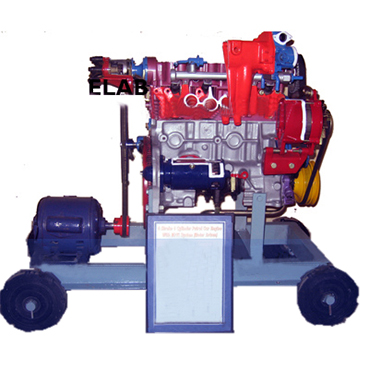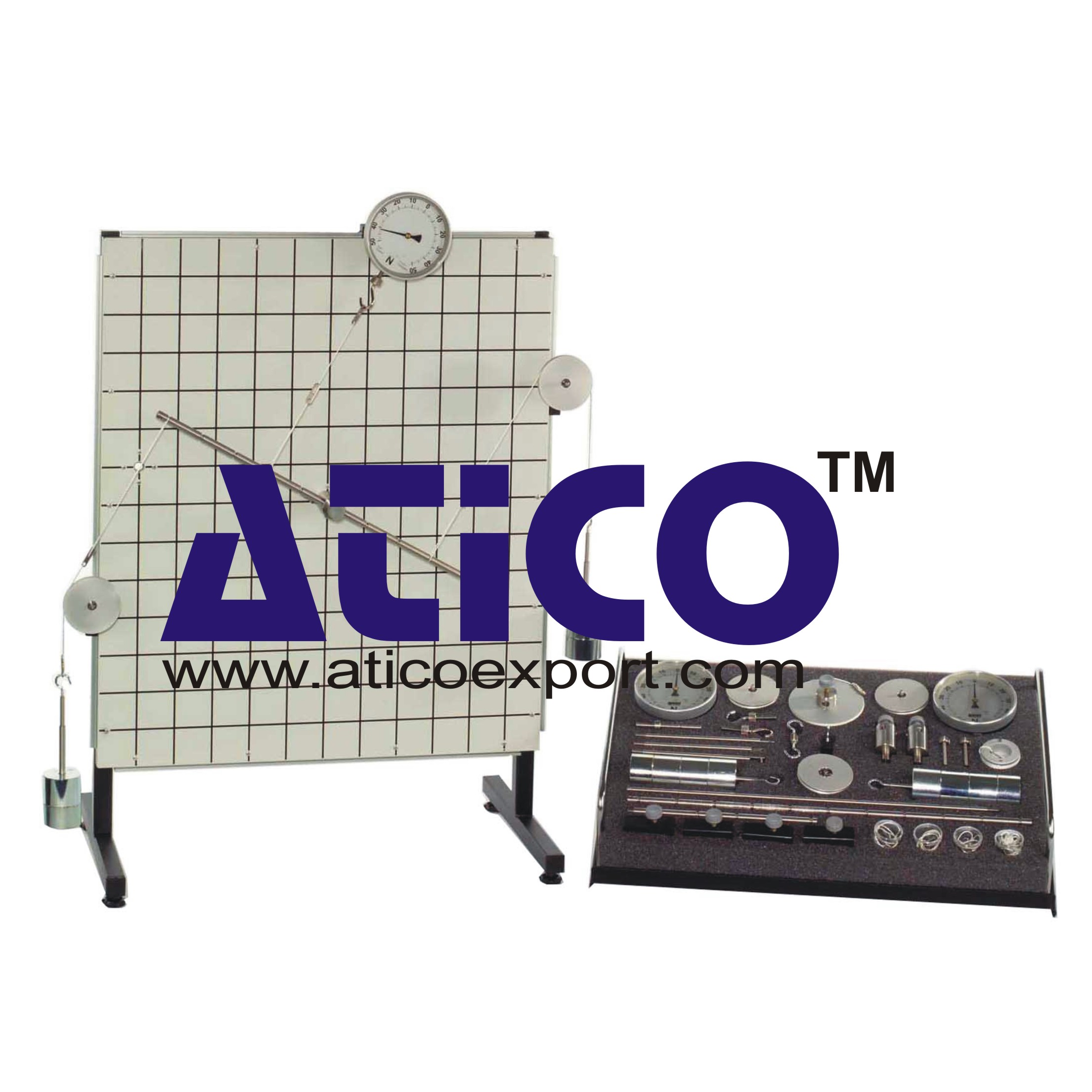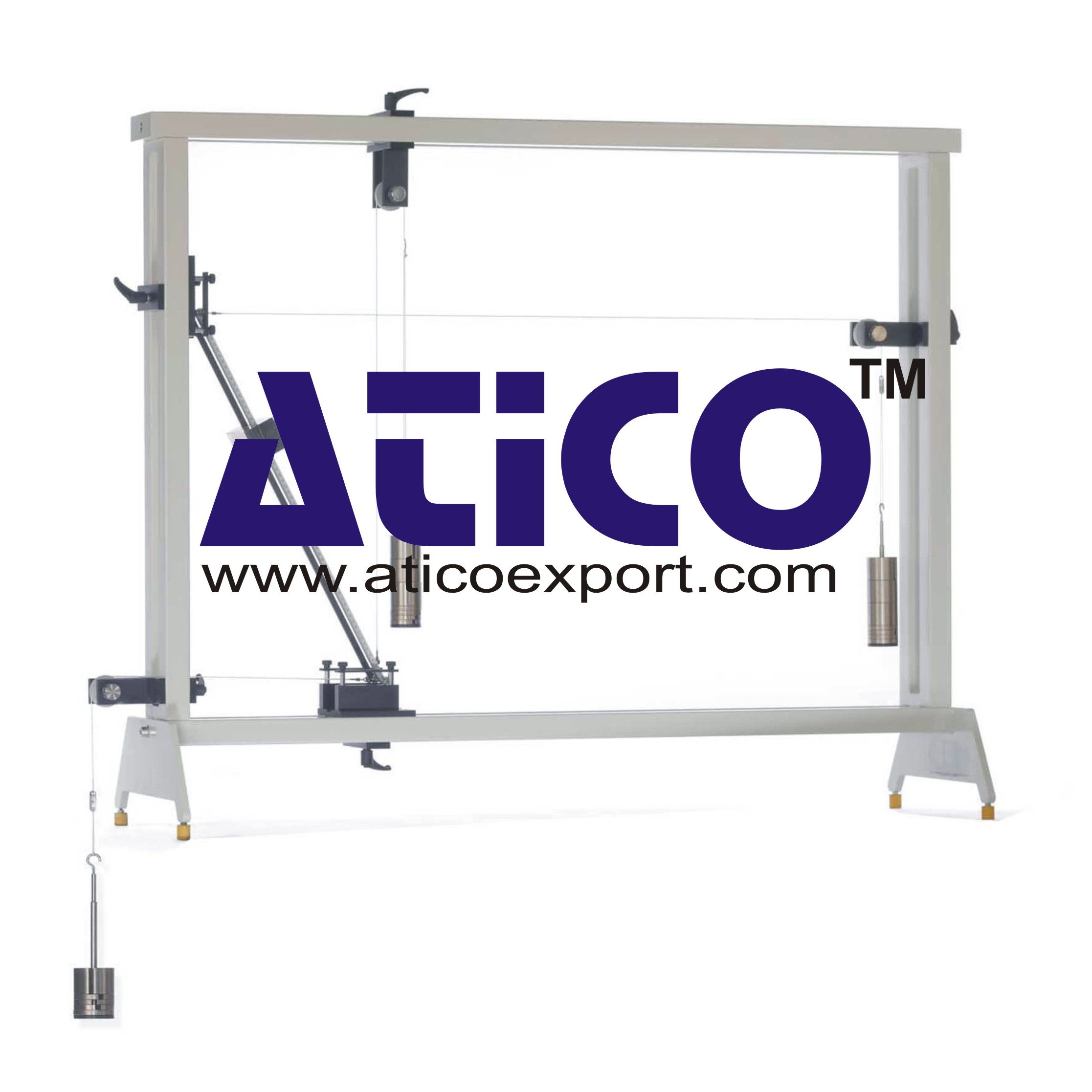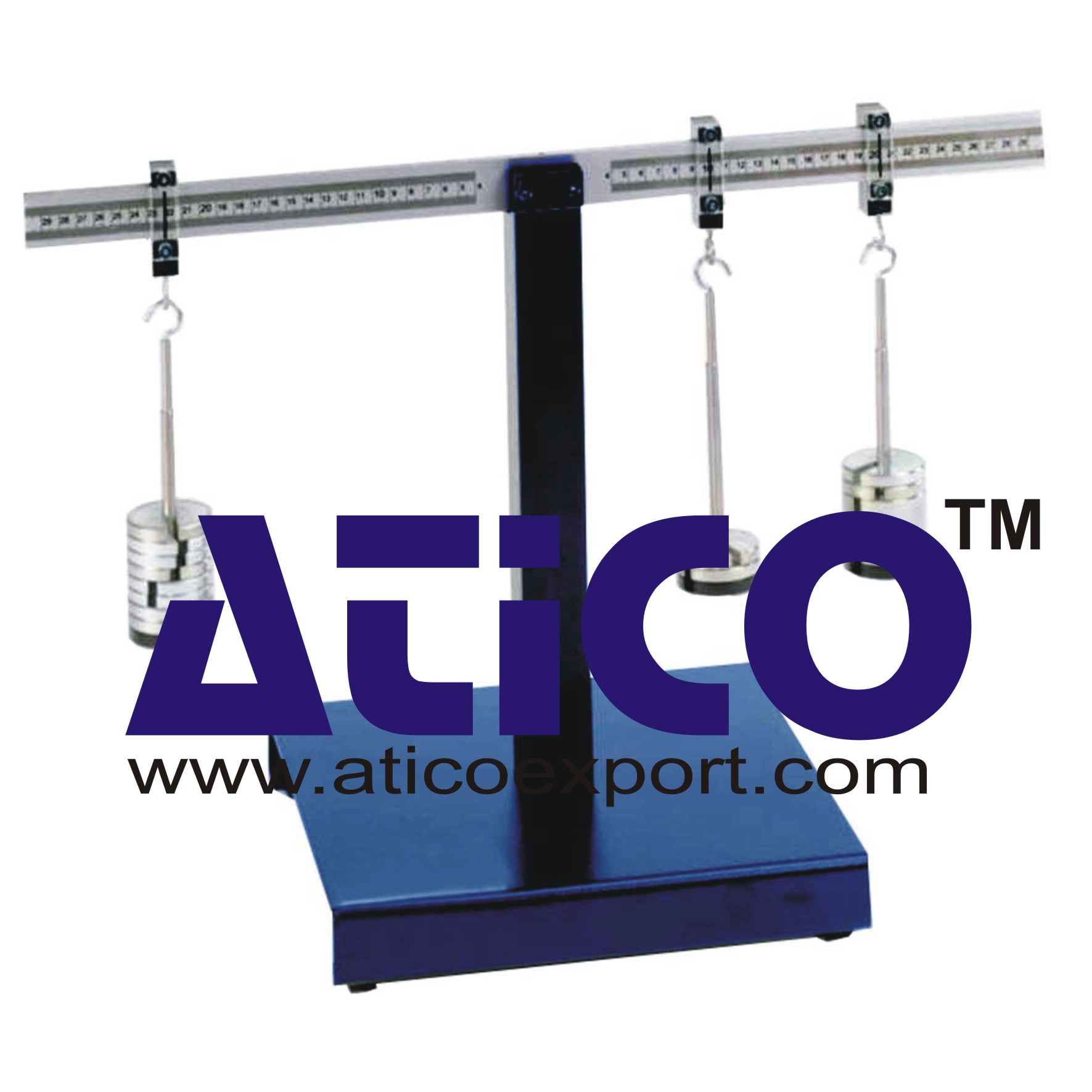Deformation Curved Axis Beam
Categories: Engineering Lab EquipmentDeformation Curved Axis Beam Technical Description: In construction engineering, a distinction is made between beams and arches. An arch is a statically indeterminate supported structure with a curve...
Product
Description
Deformation Curved Axis Beam
Technical Description:
In construction engineering, a distinction is made between beams and arches. An arch is a statically indeterminate supported structure with a curved axis and two fixed support bearings or clamp fixings. The support bearings of an arch (such as a double-articulated arch) absorb forces vertically and horizontally. The ends of the arch in the bearings do not move. This produces the static arching effect of the system. In mechanical engineering, crane hooks and chain links are typical examples of a curved beam. This includes three different beams, borne on statically determinate supports: a circular beam, a semi-circular beam and a quadrant beam. The beam under test is loaded with a set of weights. Dial gauges record its horizontal and vertical deformations. All three beams have the same cross-section and so the same 2nd moment of area. This enables test results to be directly compared. Simi-circular and circular beams are fixed to a bearing on the pillar. The quadrant beam is clamped into a bearing block. The various elements of the experiment are clearly laid-out and housed securely in a box. The well-structured instructional material sets out the fundamentals and provides a step-by-step guide through the experiments.
Specification:
1. Elastic deformation of curved-axis beams under load 2. 3 different beams with the same cross-section: circular beam, semi-circular beam, quadrant beam 3. Bearing block to fix the quadrant beam 4. Pillar with bearing to support the circular or semi-circular beam 5. 1 set of weights to place the beam under load 6. 3 dial gauges to record the horizontal and vertical deformation 7. Box to house the components
Technical Data:
Curved-axis beam
- radius: approx. 150mm - cross-section WxH: 20x5mm - material: steel, galvanised
Dial gauges
- measuring range: 0...20mm, graduations: 0,01mm
Weights
- 1x 1N (hanger)
- 2x 2N - 1x 5N - 1x 10N - 4x 20N
quick overview :
Deformation Curved Axis Beam
Technical Description:
In construction engineering, a distinction is made between beams and arches. An arch is a statically indeterminate supported structure with a curved axis and two fixed support bearings or clamp fixings. The support bearings of an arch (such as a double-articulated arch) absorb forces vertically and horizontally. The ends of the arch in the bearings do not move. This produces the static arching effect of the system. In mechanical engineering, crane hooks and chain links are typical examples of a curved beam. This includes three different beams, borne on statically determinate supports: a circular beam, a semi-circular beam and a quadrant beam. The beam under test is loaded with a set of weights. Dial gauges record its horizontal and vertical deformations. All three beams have the same cross-section and so the same 2nd moment of area. This enables test results to be directly compared. Simi-circular and circular beams are fixed to a bearing on the pillar. The quadrant beam is clamped into a bearing block. The various elements of the experiment are clearly laid-out and housed securely in a box. The well-structured instructional material sets out the fundamentals and provides a step-by-step guide through the experiments.
Specification:
1. Elastic deformation of curved-axis beams under load 2. 3 different beams with the same cross-section: circular beam, semi-circular beam, quadrant beam 3. Bearing block to fix the quadrant beam 4. Pillar with bearing to support the circular or semi-circular beam 5. 1 set of weights to place the beam under load 6. 3 dial gauges to record the horizontal and vertical deformation 7. Box to house the components
Technical Data:
Curved-axis beam
- radius: approx. 150mm - cross-section WxH: 20x5mm - material: steel, galvanised
Dial gauges
- measuring range: 0...20mm, graduations: 0,01mm
Weights
- 1x 1N (hanger)
- 2x 2N - 1x 5N - 1x 10N - 4x 20N
Product
Reviews
add Review
reviews
No Review Yet.
Copyrights © 2025 All Rights Reserved by Atico














Product
Reviews
add Review
reviews
No Review Yet.